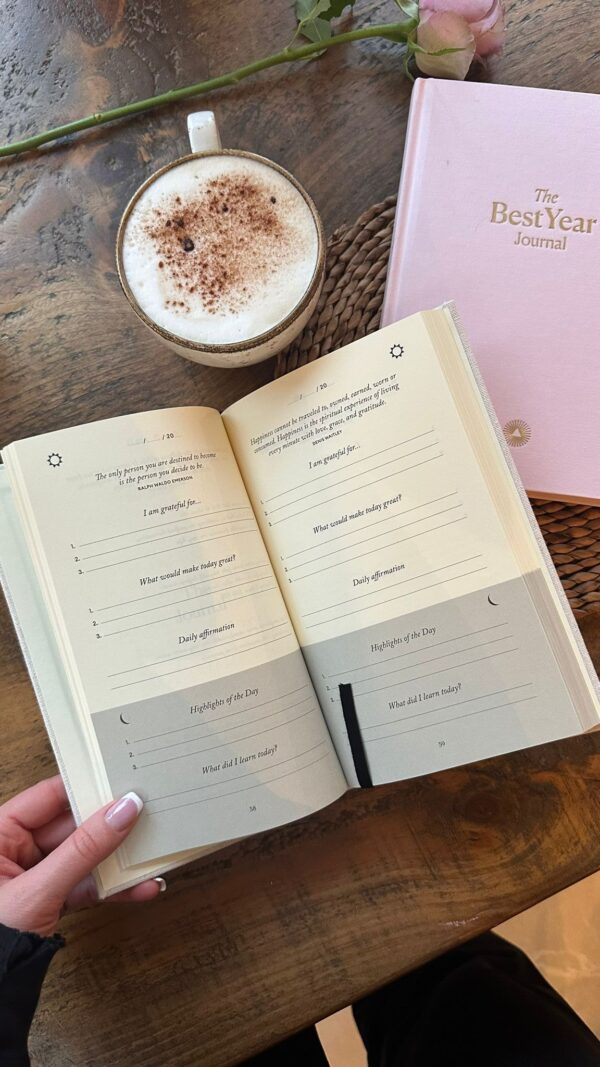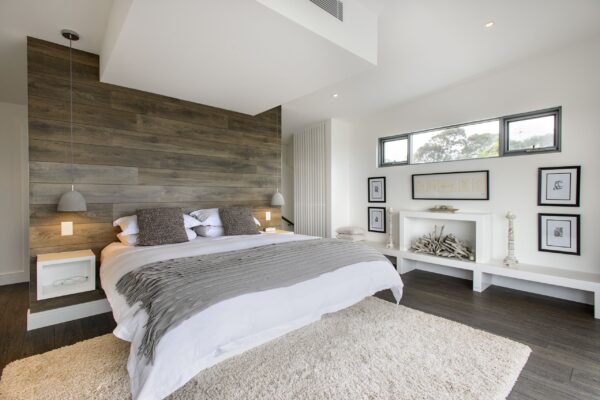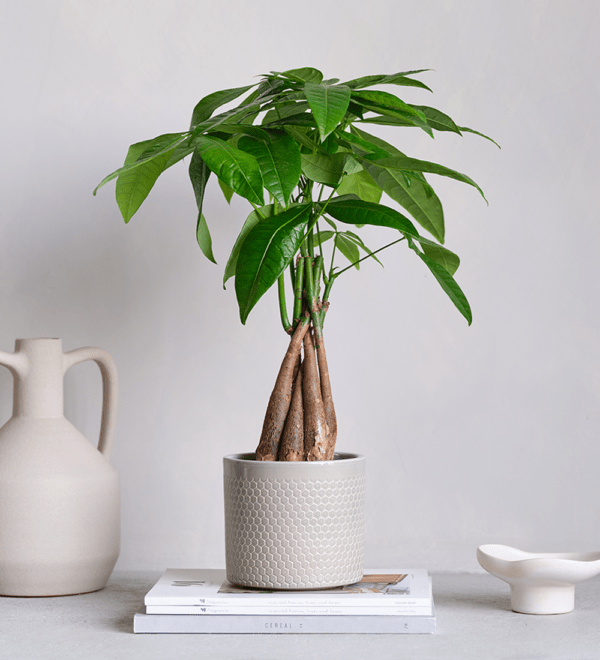
Can Your Bedroom Design Help You Sleep?
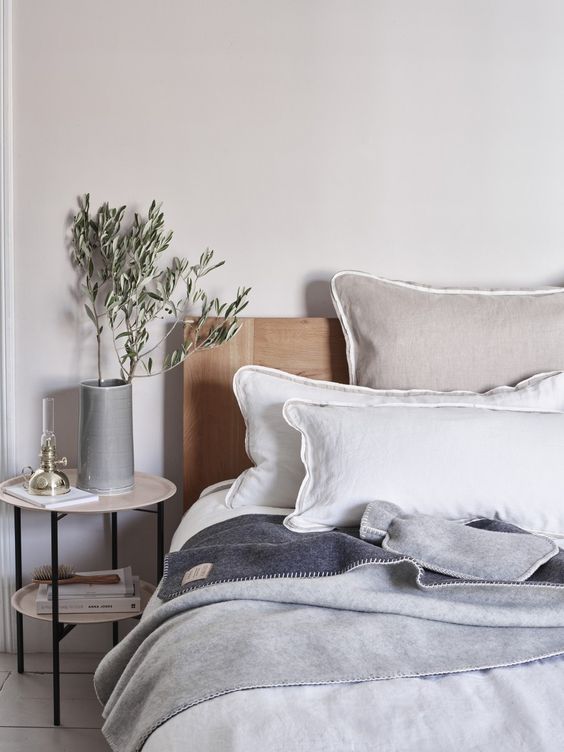
During these testing times, it’s only natural that our sleep may suffer. From the change in our daily sleep routine, less outdoor time and less exercise, to juggling work and children or worrying about vulnerable family members, good sleep hygiene has never been more important.
Good quality sleep has multiple benefits: it reduces stress, boosts our mood, ensures we concentrate better, reduces anxiety, and allows the body to better rest and repair.
As the place where we lay our heads every night, the bedroom is an easy place to start when it comes to improving our sleep. From a soothing colour scheme, to the role of Feng Shui and symmetry, there are several design features to consider creating a bedroom environment for optimal sleep. Bedroom findings can be bought from here to get great sheets.
Ahead of DIY season and given we’re all spending more time at home, we have compiled a guide on how to rework a bedroom for better sleep.
We spoke with Tempur Sleep Expert and chartered psychologist Suzy Reading, who said:
“The bedroom is the ideal place to start when considering how to improve our sleep environment. It sounds simple, but without careful consideration, a bedroom can inhibit good sleep.
“Loud, brash colours in a bedroom can inadvertently keep us more awake, while gadgets emit blue light and prevent us feeling drowsy in the run up to sleep.
“Good bedroom design needn’t cost a fortune; it’s about making small changes to improve the space and boost its sleep-inducing qualities.”
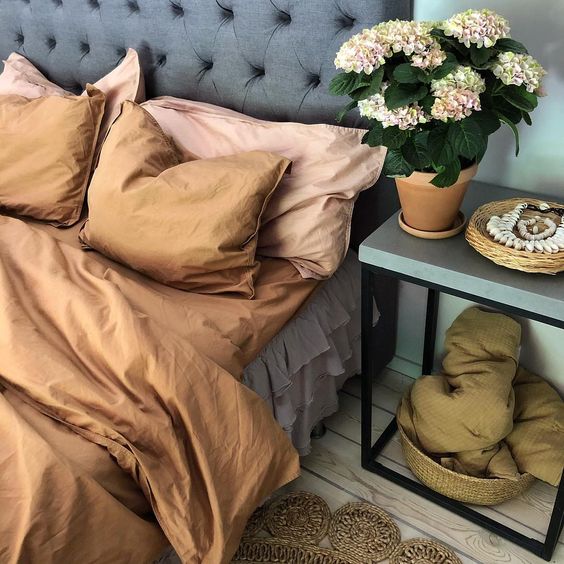
Colour scheme
In interior design, colour groups fall into two categories – cool colours and warm colours. For the best night’s sleep, use cool colours in the bedroom as these help the body to unwind, ready for sleep. Light blue, moss green, soft yellow and dusky grey all work well. Choose a colour that has meaning to you. If you love green, it will work better for you than blue, for example.
Warm colours, on the other hand, can have an adverse effect and have been shown to raise the heart rate and blood pressure, increasing our likelihood of staying awake. Avoid using red, purple or any bright colours as these prevent melatonin release, which the body produces to wind down ahead of sleep. If you are really set on using a bright colour, try adding as an accent colour, rather than one overpowering block of colour. Include colours in artwork or cushions, for example.
Feng Shui
Feng Shui is based on the principles of adding balance to a space for added calm. In a bedroom, this means implanting a design based on symmetry and pairing items together. For example, place two bedside tables on either side of the bed or install a pair of paintings. You could also add matching potted plants for more impact.
Feng Shui also means keeping a space clear and devoid of clutter, so be selective with furniture and keep clutter and ornaments to a minimum. Take a ‘less is more’ approach and keep the bedroom clean and tidy, as this will only improve sleep long-term.
Plants & greenery
Consider adding greenery to your bedroom. Plants can boost air quality, increase air circulation and extract chemicals. Spending just five minutes in nature has a calming effect, so why not bring the outdoors in?
Ferns, succulents, bamboo, aloe vera and ivy plants are easy care varieties for green-fingered beginners. Match the plant type to the level of light and ensure your plants are well watered and dusted frequently, as dust prevents sunshine absorption needed for good plant health.
Block light & sound
It sounds obvious, but ensure all chinks of light are blocked, as sunshine is a natural indicator to our body to wake up. Use blackout blinds and ensure curtains are fully closed before sleep. Similarly, use earplugs to block out any noise, although some people find sounds relaxing so put some on before bed or get something just for this – some sound machines can produce ocean sounds, for example, and many find this lulls them to sleep at night. Remember that a bedroom should be like a cave for optimal sleep, so ensure it is cool, dark and quiet enough ahead of sleep and throughout the night.
Bedding & nightwear
Avoid using synthetic materials such as polyester bedding and instead use linen, silk and cotton for the most natural bedding types. These breathable fabrics allow the body to both cool better and stay warmer. Invest in a natural duvet type, such as feather-down, and again avoid man-made materials as these can irritate the skin. The same goes for nightwear, so choose cotton, silk or linen for a more comfortable sleep experience and read here to know about the benefits of each materials in detail. Keep an extra blanket close by should the temperature drop in the night.
Natural remedies
Adding essential oil fragrances into your room can aid sleep and create a soothing environment. Try spritzing your sheets with a light layer of lavender spray before sleep or use a diffuser with a natural scent such as mint or lemon.
Taking a warm shower or bath with essential oils before bed can also make us feel more naturally tired, along with a hot drink (non-alcoholic).
Banish blue light
Blue light emitted from gadgets, computers, phones and screens is an instant signal to our brains and bodies to stay awake. Place these items in a different room and use a traditional alarm clock rather than a phone alarm. When it’s dark, we release the chemical melatonin, which is crucial to trigger sleep as it makes the body relax and feel naturally drowsy, so don’t let blue light prevent you from dropping off.
Invest in a good quality mattress that suits your needs
We spend up to a third of our lives asleep, so investing in a quality mattress can really make all the difference to your sleep quality. A good mattress will gently support your entire body while keeping your spine in a neutral position. This will not only help improve your quality of sleep – the more comfortable and supported you are, the less you will toss and turn – but will also help muscles recover overnight and alleviate any aches and pains.























